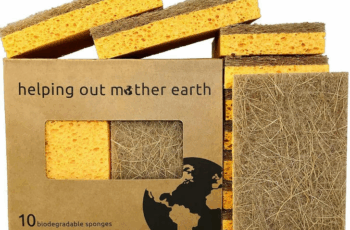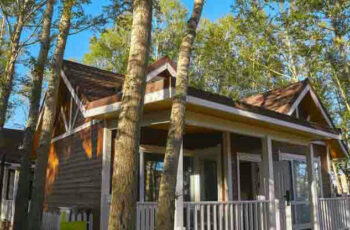
People talk a lot about how hard it is to take care of a log home. You’ve probably heard stories—logs rotting away, repairs that cost a fortune, entire cabins falling apart just a few years in. But the real issue usually isn’t the house itself. Most of the time, it’s just that folks didn’t know what to look out for. And when you don’t understand how to care for something, it’s easy to let little problems become big ones.
Truth is, maintaining a log home doesn’t have to be overwhelming or expensive. With a bit of know-how and regular attention, you can keep everything in great shape without turning it into a full-time job. A lot of the horror stories come from people using the wrong materials or skipping simple upkeep that could’ve saved them major headaches later on.
One thing that throws a lot of people off is paint. Regular house paint might seem like an easy fix, but it actually causes more problems. It traps moisture in the wood, and that moisture eventually leads to decay. What you really want is a stain made just for logs—something that lets the wood breathe while still keeping out water. Sure, it might cost a little more upfront, but it lasts longer and protects better, so you’ll be saving money in the long run.
Another myth floating around is that log homes are high-maintenance. But they’re really not. It’s more about being consistent than anything else. If you take a walk around every now and then, keep an eye out for small cracks or bugs, and fix things early, you’ll avoid those big repair bills people always complain about. Most of it’s stuff you can handle yourself.
And let’s talk about energy use for a second. A lot of folks assume log homes are drafty or hard to heat, but when built right, they’re surprisingly energy efficient. Logs naturally insulate, keeping warm air in during winter and cool air in during summer. They also help with humidity, so you might find you don’t need that dehumidifier after all. When it comes to comfort, logs really pull their weight.
Fire risk is another area where people tend to worry too much. Wood burns, sure, but solid logs are actually more fire-resistant than you’d think. Their density helps them hold up longer under heat compared to modern construction materials. If your cabin is built with big timbers, it’s probably safer than a standard stick-frame home in a fire.
Now, while building or restoring a log home can sound like a great DIY adventure, it’s not something to jump into without the right know-how. These homes have their own rules, and cutting corners can come back to bite you later. Hiring someone who knows log construction inside and out is a smart move. They’ll catch things that a regular contractor might overlook.
Some folks also think mold is a constant issue in log homes. It’s not. Mold can happen in any house if there’s moisture hanging around. North-facing walls that don’t get much sun are more likely to stay damp, but good airflow and proper drainage make a huge difference. Keep the logs dry, and mold won’t stand a chance.
And then there’s the bug problem. It used to be that log cabins were magnets for insects, but treatments have come a long way. These days, natural solutions like borate can keep termites and other pests away without needing to douse your home in chemicals. You don’t have to live in fear of what might be crawling inside the walls.

People also assume that any stain will do, but that’s not true either. Every brand is a little different, and so is every log home. The right stain depends on your climate, the age of the wood, and even the type of trees used to build your home. Picking the wrong one might mean more work later, so it’s worth doing some research or talking to someone who’s dealt with it before.
And while we’re on the topic of stains, don’t expect the best stuff to be sitting on a shelf at your neighborhood hardware store. Some of the most effective stains are sold through specialty suppliers who focus just on log homes. They’ve got better formulations and longer-lasting protection, which is what your logs really need.
People in dry areas sometimes assume they don’t need to stain as often, but sun can do just as much damage as rain. UV rays break down wood over time, causing fading and cracks. A good stain doesn’t just protect from water—it shields your logs from the sun too, helping them stay strong and good-looking in any weather.
And finally, there’s this idea that building a log home takes forever. In reality, if you’re working with a team that knows what they’re doing, it can actually be quicker than building a traditional house. That’s because log walls go up fast, and they double as both structure and finish. No need for extra framing, insulation, and drywall. Once the logs are stacked, you’re already halfway there.
So next time you hear someone complaining about how hard it is to own a log home, take it with a grain of salt. Most of the trouble comes from bad info, skipped steps, or the wrong materials. When you understand how these homes work and what they need, it all becomes a lot simpler. You’ll spend less time fixing things and more time enjoying the peaceful, natural beauty that made you fall in love with log living in the first place.


